Leeds, West Yorkshire, is one of the most important railway centres in Great Britain. Leeds railway station is one of the busiest railway hubs outside of London. Every year, the station serves more than 30 million passengers and about 100,000 passengers every day. In addition, it provides quick connections with all major cities from its 17 platforms. It is one of 20 stations on the Network Rail network. Learn more at leeds-future.
Network Rail is a British company that owns and operates the UK’s railway infrastructure and manages the Leeds station. Let’s take a closer look at the history of Leeds railway station and how it became such an important part of the railway network in the North of England.
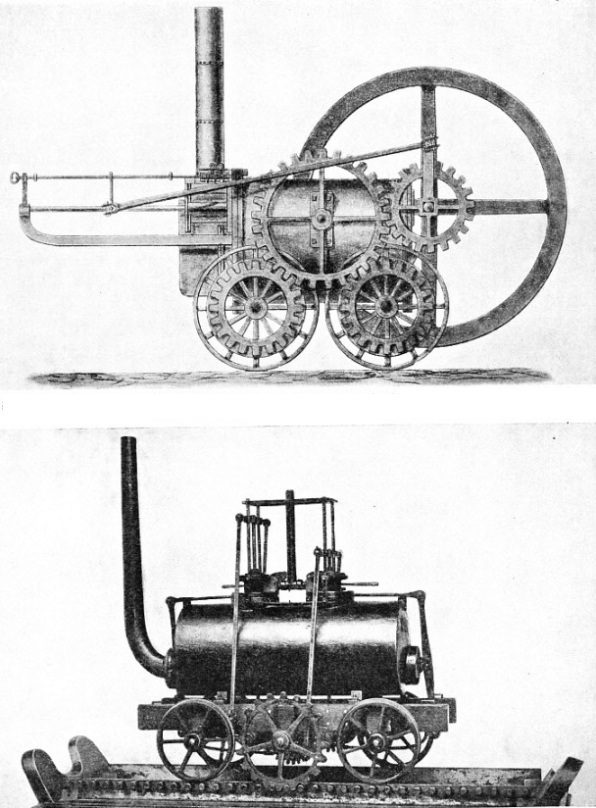
Beginning of railway history
Leeds is the sixth largest city in England and a major railway hub. Railways in Leeds were first introduced in 1758 when Parliament approved the use of wooden carriages to transport coal from Middleton to Leeds.
A two-cylinder geared steam locomotive with a Blenkinsop engine ran along this track from 1812. Its engine was the first commercially successful in the world. It pulled a train weighing more than 140 tons, consisting of 38 carriages, three and a half miles per hour. It was an incredible achievement at the time. Subsequently, three more similar locomotives were constructed in Leeds. They operated until 1830. Four Blenkinsop engines transported coal on iron rails from Middleton to nearby Leeds.
In the railway’s early years, six different companies established competing lines and various stations in and around Leeds.
Such important companies as the Great Northern Railway, the Lancashire and Yorkshire Railway, the London and North Western Railway, the Midland Railway and the North Eastern Railway actively served the population of the city. Trains ran to three main passenger stations in Leeds.
The trains of the North Eastern Railway and the London and North Western Railway arrived at New Station. Wellington Station served the trains of the Midland Railway company. In addition, Wellington Station was adjacent to Central Station and also served the Great Northern Railway and Lancashire and the Yorkshire Railway.
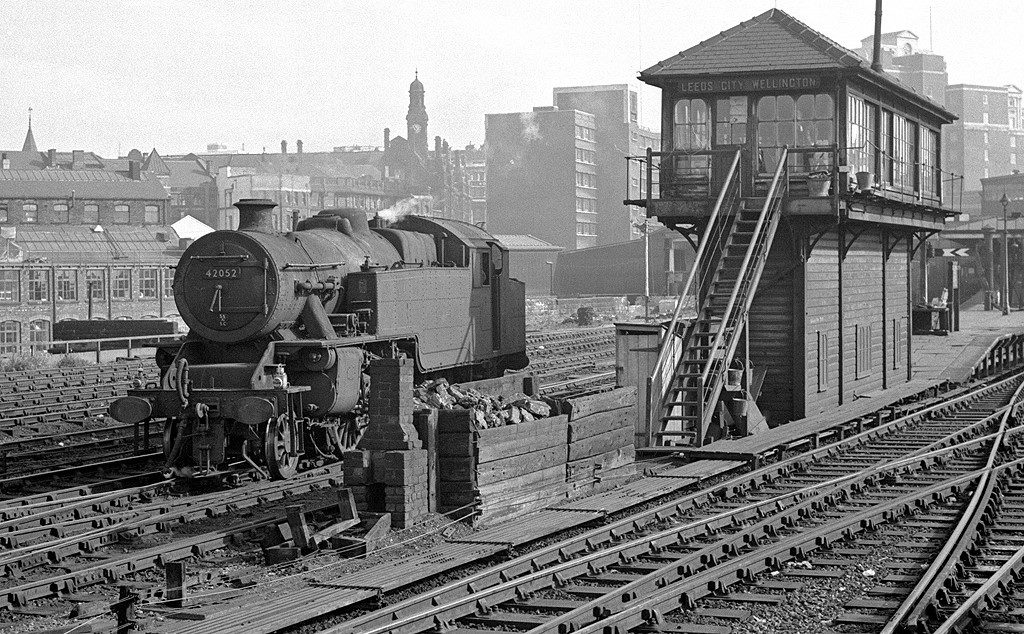
Leeds and Selby Railway
The Leeds and Selby Railway was opened in 1834. It was one of the first mainlines in Great Britain and was the first mainline in Yorkshire. It ran from the promising industrial city of Leeds to the quays of the market town of Selby.
Leeds with its garment and coal industries became its terminus. During the 1830s, Leeds was home to most of the companies involved in the production of railway locomotives. Quite often, the opening of this main line was equated with the era of transition from water transport to a more progressive railway one.
The newly established railway succeeded in revolutionising travel between Leeds and Selby. Earlier, summer carriages carried about 400 people a week. During the summer period of 1835, the railway had an average of 3,500 passengers per week. The Leeds and Selby Railway was one of the first railways in the world to offer excursion trains in 1838.
In 1840, the North Midland Railway (a part of the Midland Railways) built its line from Derby via Rotherham to the terminus at Hunslet Lane to the south. In 1846, it was extended to a central terminus at Wellington Station at Wellington St.
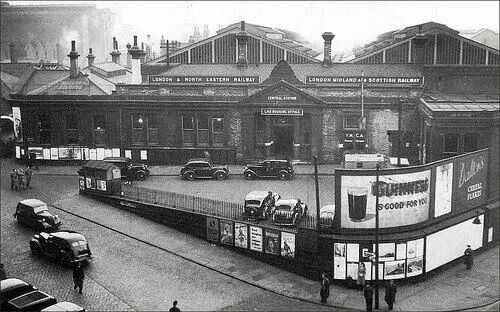
History of Leeds railway station
There were several railway stations in Leeds city centre. However, over time, the local authorities decided that the operation of several stations within a small area was rather illogical. So, in 1938, they merged two stations, Wellington Station and New Station, to create Leeds City Station.
These two stations were well-designed. They were connected by a spacious north corridor, which was built of strong reinforced concrete with a high Art Deco ceiling, square skylights and stylish pendant lights. It also connected the station with the restored Art Deco Queens Hotel. It was also planned that part of Wellington Station would become a kind of depot for storing various parcels. In addition, the North Concourse was built at Leeds station and was later included in the list of monuments. The Railway Heritage Trust notes that it is the most important piece of Art Deco railway architecture in the country.
During the Second World War, Leeds railway station suffered several direct attacks, causing extensive damage. After the end of hostilities, the station building needed large-scale repair and reconstruction. However, it continued to operate promptly. Together with Leeds Central Station, they served the people of the northern region until the late 1960s.
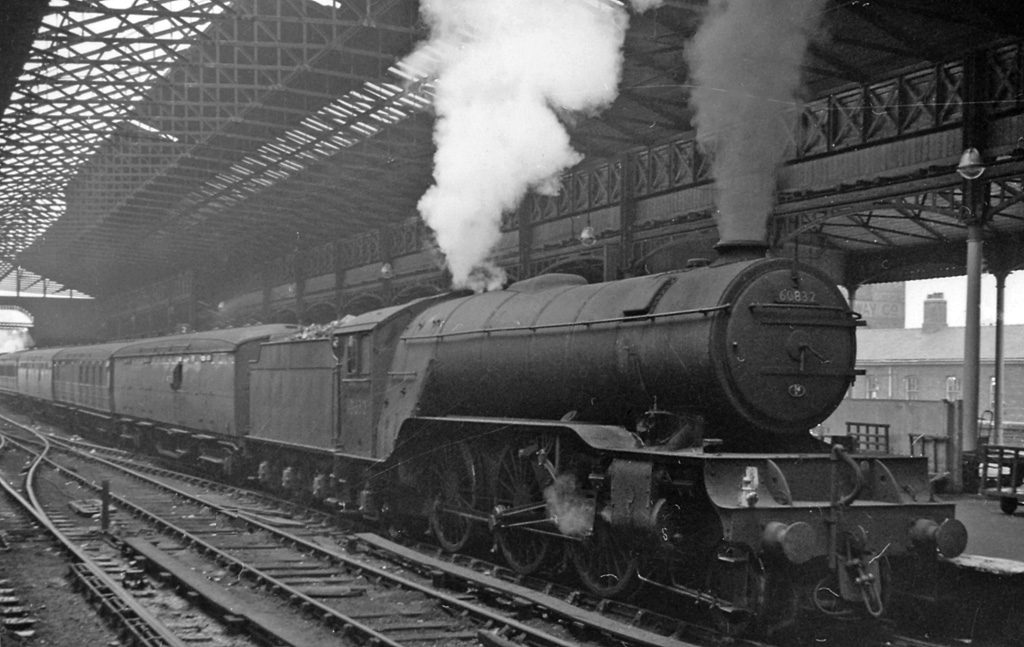
British Railways House
In 1962, the British architect John Poulson designed British Railways House, adjacent to Leeds station. As a result, the railways of Great Britain received additional administrative premises. Over time, it became unusable and it was difficult to rent them out. For a long time, the building was empty and waiting for reconstruction. Repair work began in October 2015 and the full reconstruction was completed in 2017. The building was renamed Platform.
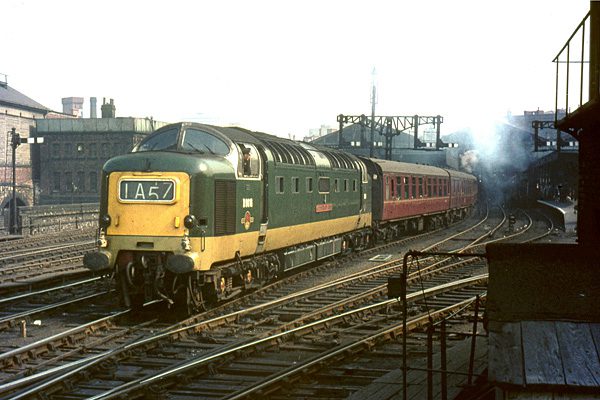
Legendary expresses and trains
Leeds Central was famous for its prestigious express trains The Yorkshire Pullman and The Queen of Scots. Meanwhile, in the 1930s, the iconic A4 steam locomotives such as Mallard were introduced. The station again became a trendsetter in 1954 when it served the first experimental diesel trains to Harrogate, Bradford and Castleford. Thus, Leeds Central has been a perfect hub for train enthusiasts.
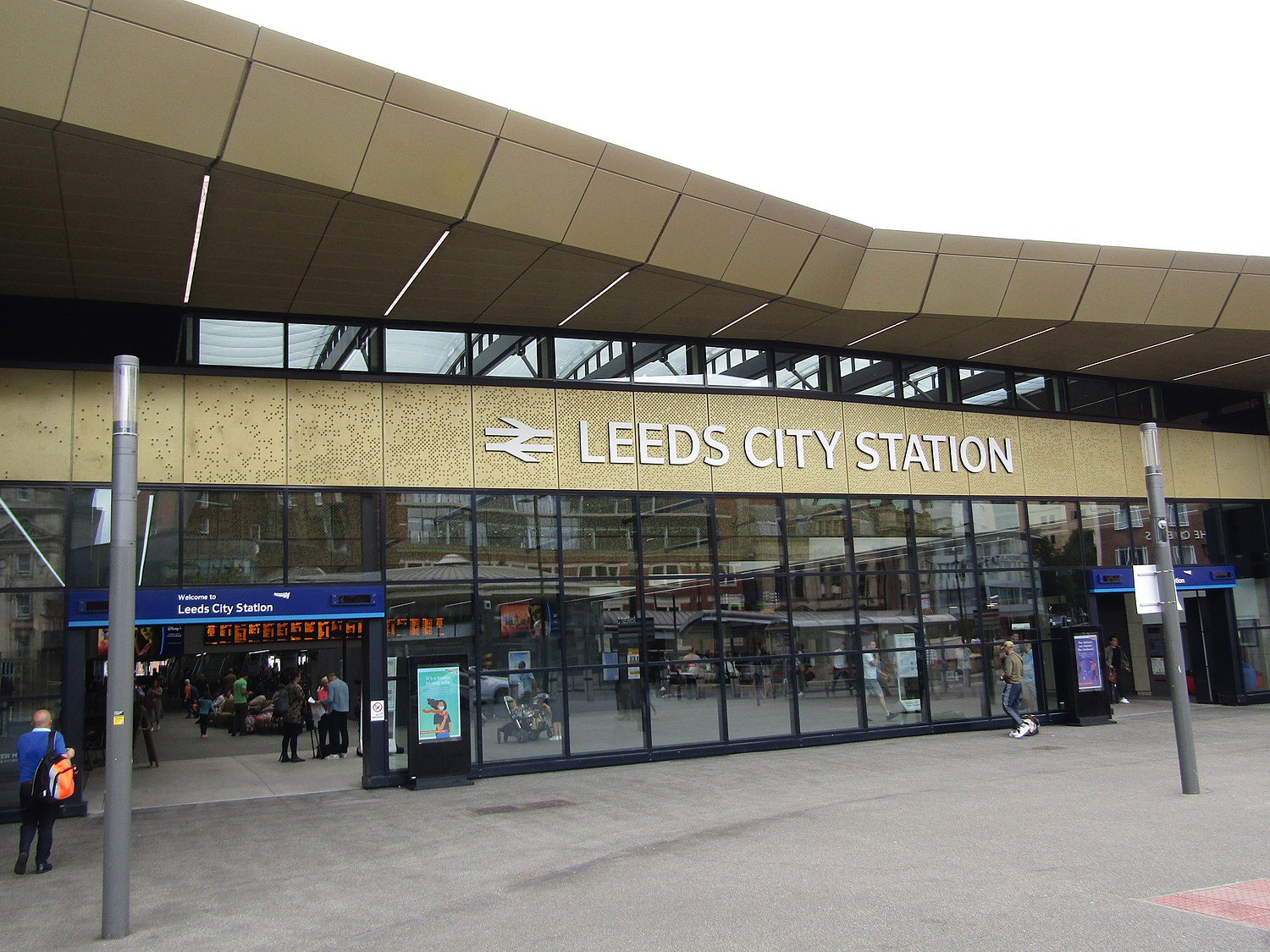
Grand reconstruction
Further reconstruction of the site took place in 1967. Then all traffic through Central railway station was directed to the City station. Since then, it has become the only mainline railway station serving the citizens of Leeds. Central railway station was closed and eventually demolished.
Between 1999 and 2002, Leeds City railway station underwent a major redevelopment as part of the Leeds First programme. This project involved the construction of additional access tracks to the western part of the station, which increased efficiency by separating trains to different destinations. It prevented them from crossing each other’s routes. In addition, the derelict side of Wellington Station was restored and the number of its platforms was increased from 12 to 17. A new footbridge with modern escalators and lifts was built too, replacing the previous underpass.
Most noticeable for passengers was the replacement of the metal canopy of 1967 with a new glass roof. Thus, there was much more daylight on the platforms. The reconstruction of the North Hall made it possible to place several dozen shops, cafes and ticket offices there. At the time of the rebuilding, the station served 500 trains per day and more than 2.75 million passengers per year.
Leeds railway station continues to actively serve residents and guests of the city, providing comfortable travel to cosy small towns and large modern cities throughout Great Britain.